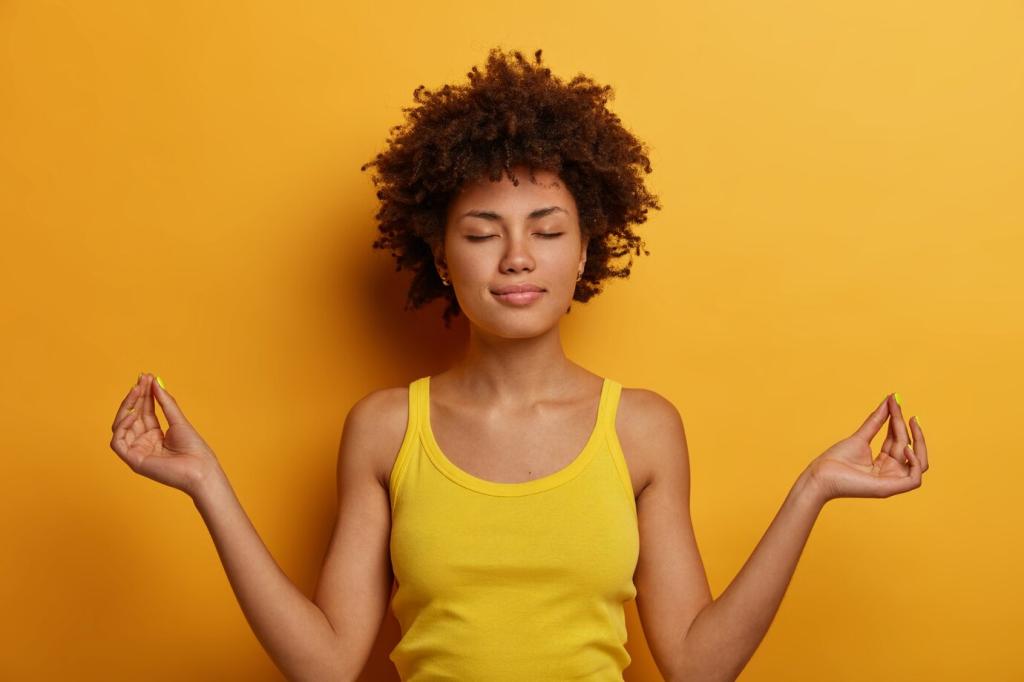Build a Sustainable Practice
Attach five minutes of sketching to existing moments: after brushing teeth, before opening email, or while tea steeps. Keep expectations low and curiosity high. Track checkmarks weekly and reward effort, not output, to sidestep perfectionism and maintain momentum.
Build a Sustainable Practice
Join a small, supportive community focused on process, not polish. Share prompts, celebrate experiments, and normalize off-days. We invite you to subscribe and comment with your time zone to connect with an accountability buddy for gentle, creative check-ins.
Build a Sustainable Practice
Replace likes with meaningful metrics: mood before and after, sleep quality, or irritability levels. A quick weekly reflection notes patterns and guides adjustments. Post your insights to inspire others exploring Digital Art Therapy for Modern Stressors with compassion.






